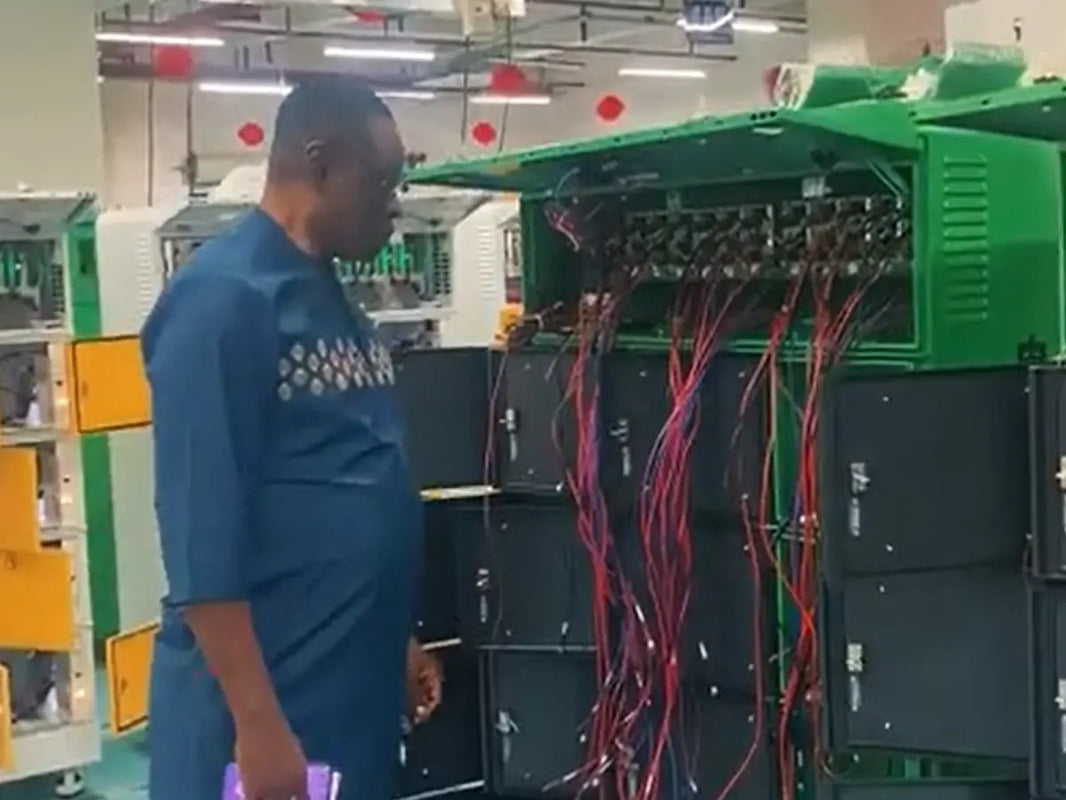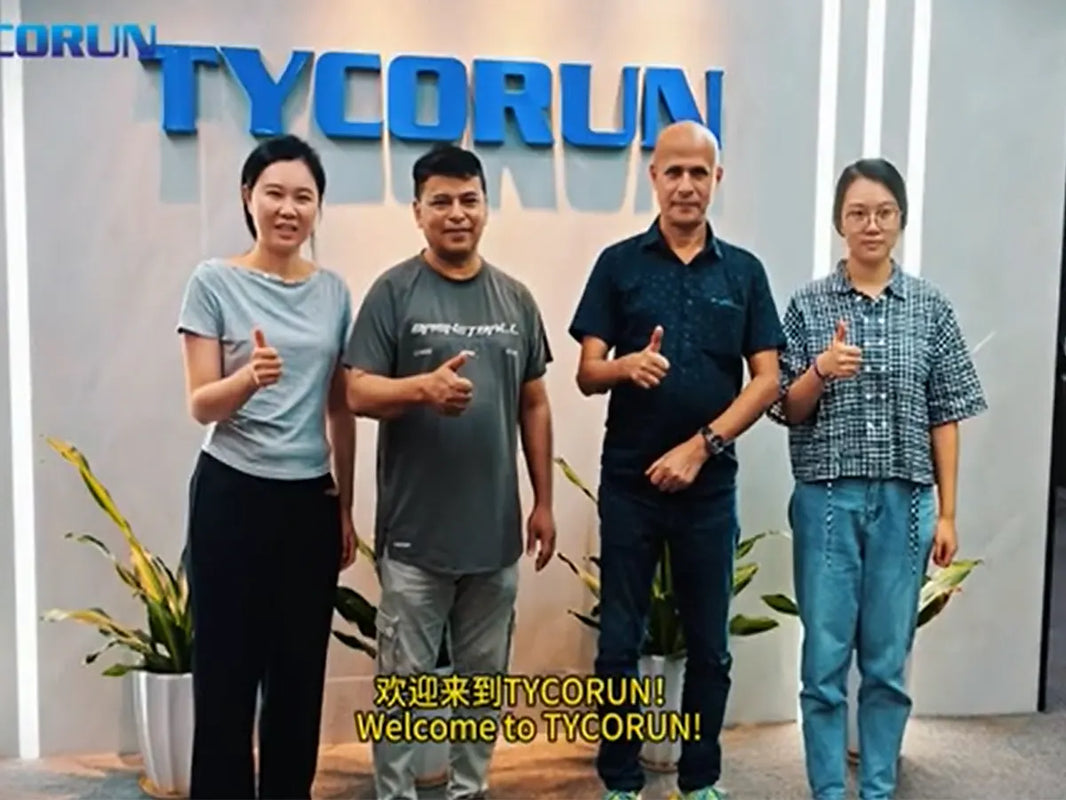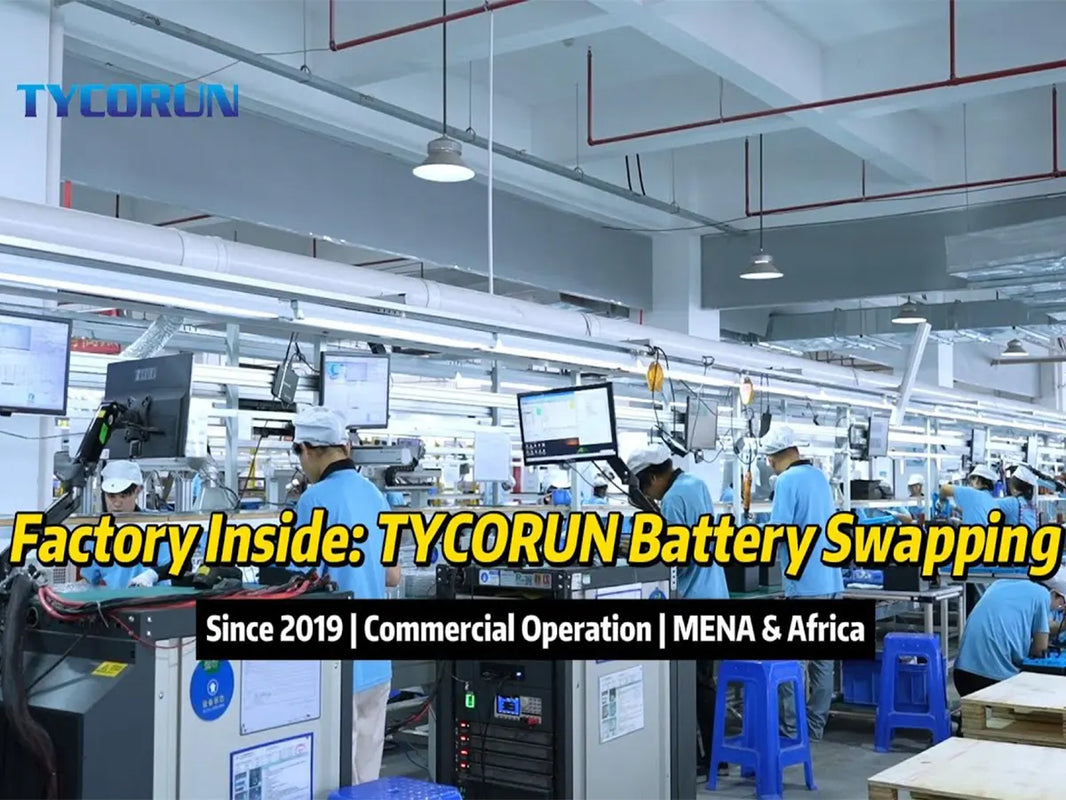
Main content:
- What is the photovoltaic module?
- Common faults of photovoltaic module and detection methods
- Causes of hot spot formation and detection method of photovoltaic module
- Causes of crack formation and detection methods of photovoltaic module
- Power attenuation classification and photovoltaic module detection methods
- Photovoltaic module attenuation rate and evaluation method
The photovoltaic module, like the lithium ion solar battery for energy storage, is an indispensable core component of the PV power generation system to store electrical energy. In order to enable photovoltaic power station to generate electricity normally, it is necessary to inspect and maintain the components of PV power station. Common problems with PV modules are: hot spots, cracks and power degradation. These quality problems are hidden inside the panels, or occur after the photovoltaic power plant has been operating for a period of time.
It is difficult to identify the solar panels when they enter the site for acceptance, and professional equipment is required for photovoltaic module testing. This article will provide you with a comprehensive analysis of photovoltaic module, including its concept, common faults, operation and maintenance methods, and related calculations, to help you gain a deeper understanding of the importance of photovoltaic modules and how they work.
1.What is the photovoltaic module?
The photovoltaic module refers to the smallest indivisible photovoltaic cell combination device with packaging and internal connection that can provide DC output alone. Photovoltaic modules use the photovoltaic effect to convert solar energy into electrical energy power generation systems, which can be divided into independent photovoltaic power generation systems, grid-connected photovoltaic power generation systems and distributed photovoltaic power generation systems. According to the material of solar cells, photovoltaic modules can be divided into crystalline silicon solar cell modules and thin film solar cell modules.

2.Common faults of photovoltaic module and detection methods
① Causes of hot spot formation and detection method of photovoltaic module
Photovoltaic module hot spot refers to the fact that under the sunlight, some cells are blocked and cannot work, so that the temperature of the covered part is much larger than that of the uncovered part, resulting in dark spots that burn out due to excessive temperature. The formation of hot spots in the photovoltaic module is mainly composed of two internal factors, namely internal resistance and dark current of the cell itself.
The hot spot durability test is a photovoltaic module testing test to determine the ability of solar cell modules to withstand the heating effect of hot spots. The photovoltaic cell components are tested through a reasonable time and process to show that the photovoltaic cells can be used for a long time under the specified conditions. Hot spot detection can be performed with an infrared thermal imager, which can use thermal imaging technology to display the temperature and distribution of the measured target with a visible heat map.
② Causes of crack formation and detection methods of photovoltaic module
Hidden cracks refer to the appearance of small cracks in the cells. Hidden cracks in the cells will accelerate the power attenuation of the cells and affect the normal service life of the modules. At the same time, the cracks of the cells will expand under the mechanical load, which may lead to open-circuit damage, and the cracks may also cause the hot spot effect. The occurrence of cracks is caused by the combined action of various factors. The uneven force on the components, or the violent shaking during transportation and reverse transportation may cause the battery cells to crack.

Photovoltaic modules will be tested by EL imaging before leaving the factory, and the instrument used is an EL detector.The instrument utilizes the electroluminescence principle of crystalline silicon, and uses a high-resolution CCD camera to capture near-infrared images of components to obtain and determine component defects. The EL detector can detect whether there are cracks, fragments, virtual welding, broken grids and abnormal phenomena of monolithic cells with different conversion efficiencies in photovoltaic cell modules.
③ Power attenuation classification and photovoltaic module detection methods
The power attenuation of photovoltaic modules refers to the phenomenon that the output power of the modules gradually decreases with the increase of the illumination time. The power attenuation phenomenon of photovoltaic module can be roughly divided into three categories:
- Module power attenuation due to destructive factors;
- The initial light-induced attenuation of the component;
- Aging decay of components.
Among them, the first type is the controllable attenuation during the installation of photovoltaic modules(such as solar panels for rv), such as strengthening the unloading, reverse transportation and installation quality control of photovoltaic modules, which can reduce the probability of cracking and fragmentation of module cells. The second and third categories are the process problems that need to be solved urgently in the production process of photovoltaic modules. The photovoltaic module power attenuation test can be completed by photovoltaic module I-V characteristic curve tester.

3.Photovoltaic module attenuation rate and evaluation method
During the operation of PV power station, photovoltaic modules have more or less certain losses. Especially with the operation and use year by year, the function of photovoltaic modules also deteriorates. The attenuation rate of photovoltaic modules is directly related to the power generation of photovoltaic power plants. In order to ensure the power generation of photovoltaic power plants, it is very important to understand the attenuation rate of photovoltaic module of photovoltaic power station. There are several methods for evaluating the attenuation rate of photovoltaic module:
① How to calculate the attenuation rate of the photovoltaic module?
The module attenuation rate refers to the ratio of the difference between the initial power of the module and the current maximum output power of the module and the initial power of the module, namely:

② Measurement of the initial power of the photovoltaic module
The initial power of the module is the maximum output power obtained by the factory test of the module, which is obtained by the solar simulator test of the enterprise production line. For the component production line, the main factors affecting the factory test are as follows:
- Ambient temperature: controlled by air conditioner at 25±2℃;
- Test equipment: the solar simulator grade requirement is AAA grade;
- Calibration and standard components: use calibrated standard components to calibrate the solar simulator to correct the test results.

According to the survey, there is a certain uncertainty in the factory test of the production line, and the main influencing factor is the standard components. If a more accurate test of the initial power of the components is required, the test can be carried out by a laboratory with low uncertainty of capability.
Measurement uncertainty: Characterizing the dispersion of values reasonably assigned to the measurand, the parameters associated with the measurement result imply the degree of doubt or uncertainty about the reliability, validity of the measurement result. An interval obtained through the analysis and evaluation of the measurement process, quantitatively describes the quality of the measurement results.
③ Component current maximum power test
The current maximum output power of the module refers to the maximum output power measured after the module has been running for a period of time. Usually, factors such as dust shielding and component defects should be excluded, and the maximum output power of the component itself should be tested. When testing the maximum output power of components outdoors, the main influencing factors are as follows:

- Test irradiance: for linear devices, the test should be carried out at an irradiance of not less than 800W/m2;
- Test temperature: for single-glass modules with general backplane structure, the battery junction temperature is reflected by the backplane temperature;
- Solar spectrum: different regions and environments will have different solar spectra, and the accurate measurement should be corrected with the spectral value of AM1.5;
- Module incident angle: different illumination angles affect the power generation performance of the module, and the impact of the incident angle on the test results should be considered when accurately measuring;
- Test equipment: hand-held outdoor test equipment, which needs to be used together with radiation test and temperature test equipment;
- Reference device: usually a well-packaged WPVS;
- Test result correction: according to the IEC60891 standard, the outdoor irradiance and temperature are corrected to the results under STC conditions.
Affected by the above seven factors, the uncertainty of the maximum output power of the outdoor test module is slightly higher than that of the production line test. If you need a more accurate test of the current maximum output power of the component, it is a good choice to send the component to the laboratory for testing. In addition, if you want to know more about photovoltaic module operation and maintenance, please read solar panel maintenance on our website for details.
Related article: top 10 photovoltaic battery companies, top 10 home energy storage battery companies
















